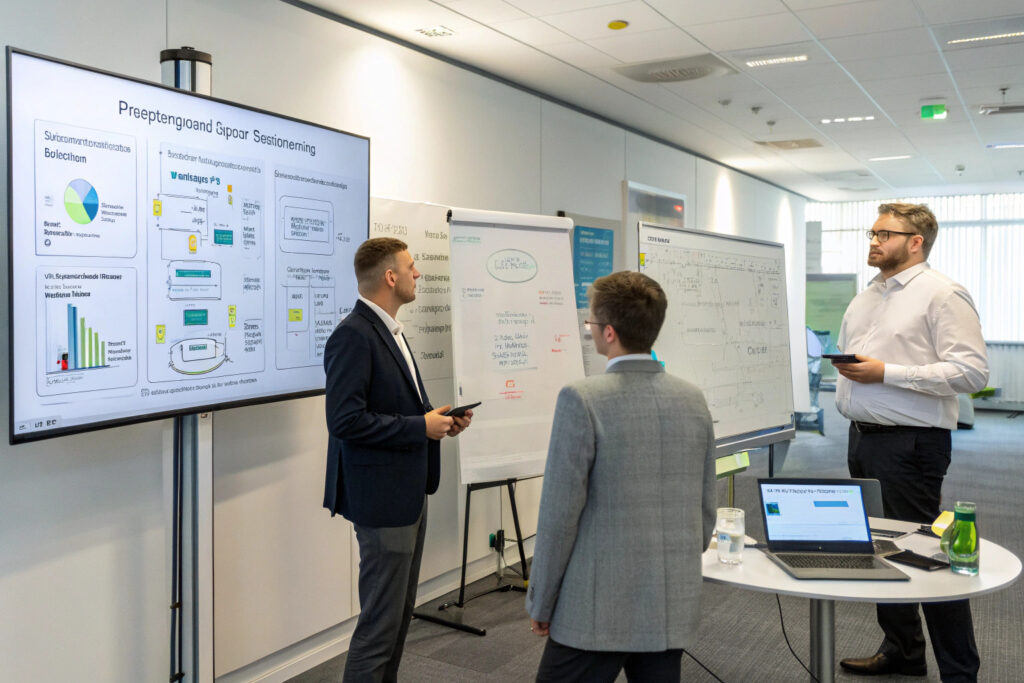Negotiating competitive pricing for bulk pleated fabric masks requires understanding both manufacturing economics and strategic sourcing approaches. Many businesses leave significant savings on the table by focusing solely on unit price rather than total cost optimization. The most successful negotiations create win-win scenarios where manufacturers maintain healthy margins while buyers achieve pricing that supports their business model.
To negotiate competitive pricing for bulk pleated fabric masks, focus on total cost optimization through strategic order timing, smart customization choices, volume commitment strategies, and leveraging long-term partnership value rather than just squeezing unit margins. Successful negotiation requires understanding the manufacturer's cost drivers and aligning your needs with their production efficiencies.
The art of negotiation in this space has evolved beyond simple haggling to sophisticated partnership development that creates mutual value. Let's examine the specific strategies that deliver sustainable competitive advantages in bulk mask sourcing.
What Manufacturing Cost Factors Should You Understand?
Effective negotiation begins with understanding what actually drives manufacturing costs, allowing you to identify where genuine savings can be achieved without compromising quality.
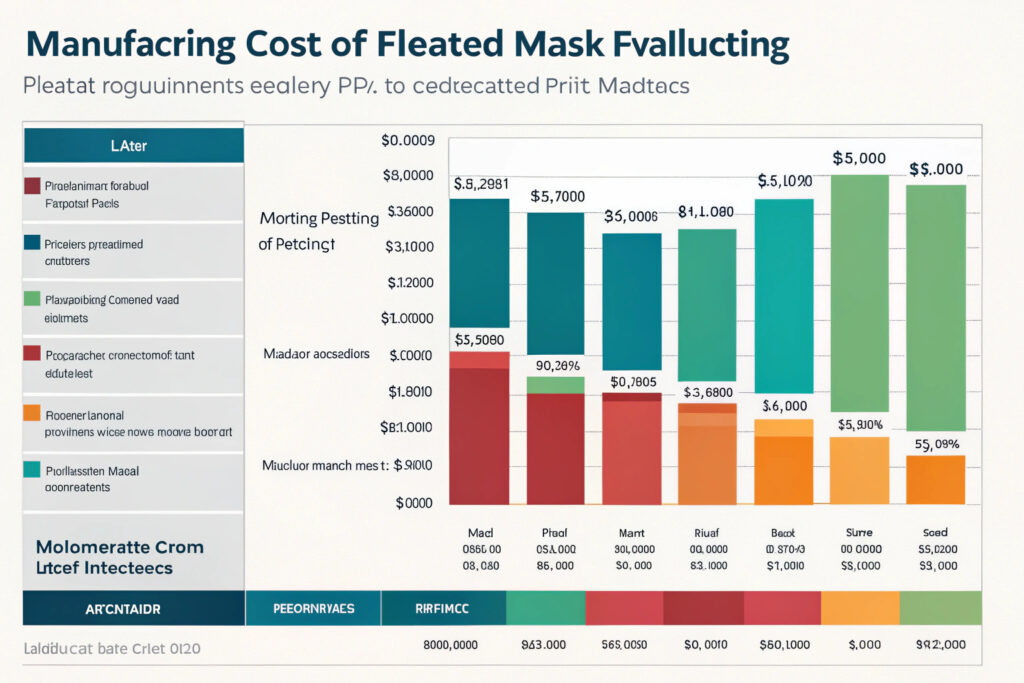
How do material choices impact negotiability?
The fabric composition represents 45-60% of a pleated mask's production cost, making it the most significant negotiation leverage point. Standard 65/35 polyester-cotton blends offer the best cost flexibility, while specialized fabrics like organic cotton, bamboo blends, or technical performance materials have less negotiability due to higher raw material costs and minimum purchase requirements. Our analysis shows that strategic fabric selection alone can create 15-25% price variations for identical-looking masks at similar quality levels.
What production efficiencies create pricing flexibility?
Manufacturers achieve significant cost efficiencies at specific volume thresholds—typically 5,000, 25,000, and 50,000 pieces—where setup costs are amortized across more units and production line optimization kicks in. Understanding these natural breakpoints allows you to structure orders to hit these thresholds, either through single large orders or consolidated smaller orders. The most significant efficiency typically occurs between 25,000-50,000 pieces where per-unit costs can drop 18-30% compared to 5,000-piece orders.
What Order Strategy Maximizes Negotiating Power?
How you structure and time your orders significantly impacts your negotiating position and the pricing you can achieve.
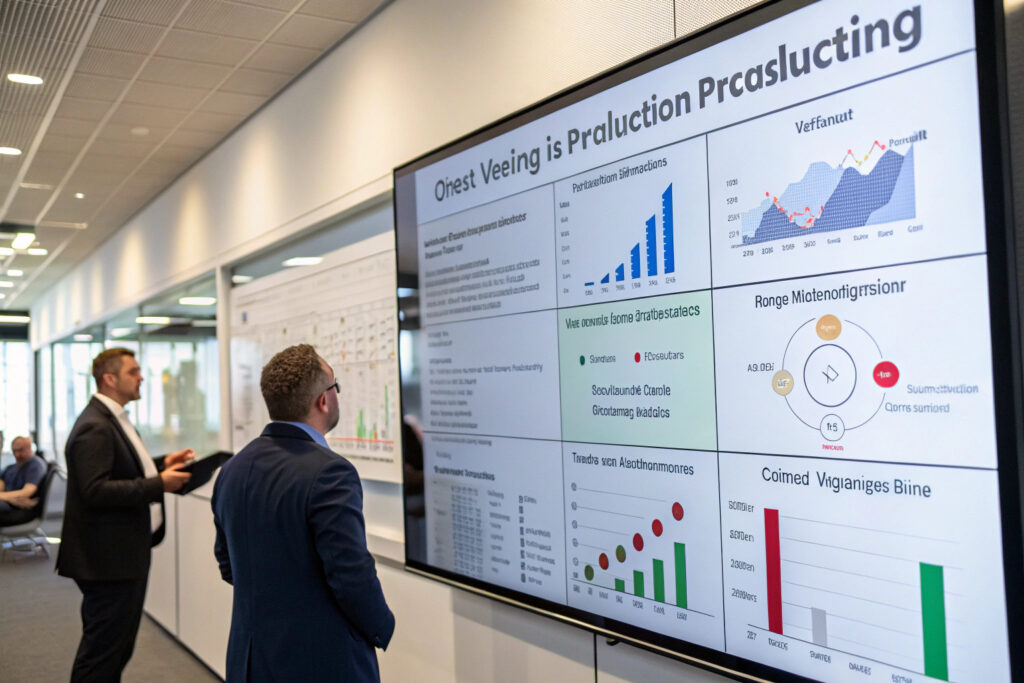
How does order timing affect pricing?
Placing orders during manufacturers' traditional slow seasons (typically January-February and June-July) can yield 8-15% better pricing due to available production capacity and manufacturers' desire to maintain steady workflow. Conversely, rushing orders during peak seasons incurs premium pricing for expedited scheduling. Our clients who plan their ordering 6-8 months in advance typically achieve 20% better overall pricing than those requiring quick turnaround on short notice.
What about volume commitment strategies?
Committing to annual volume rather than individual orders provides significant negotiating leverage. Manufacturers value the predictability of guaranteed business and will typically offer better pricing in exchange for quarterly or monthly release orders against an annual commitment. This approach has helped our partners achieve 12-18% better pricing while maintaining flexibility in their inventory management. The key is finding the balance between commitment level and business uncertainty.
What Customization Choices Impact Pricing Most?
Strategic decisions about customization can dramatically impact your per-unit costs, often without significantly affecting the final product's market appeal.
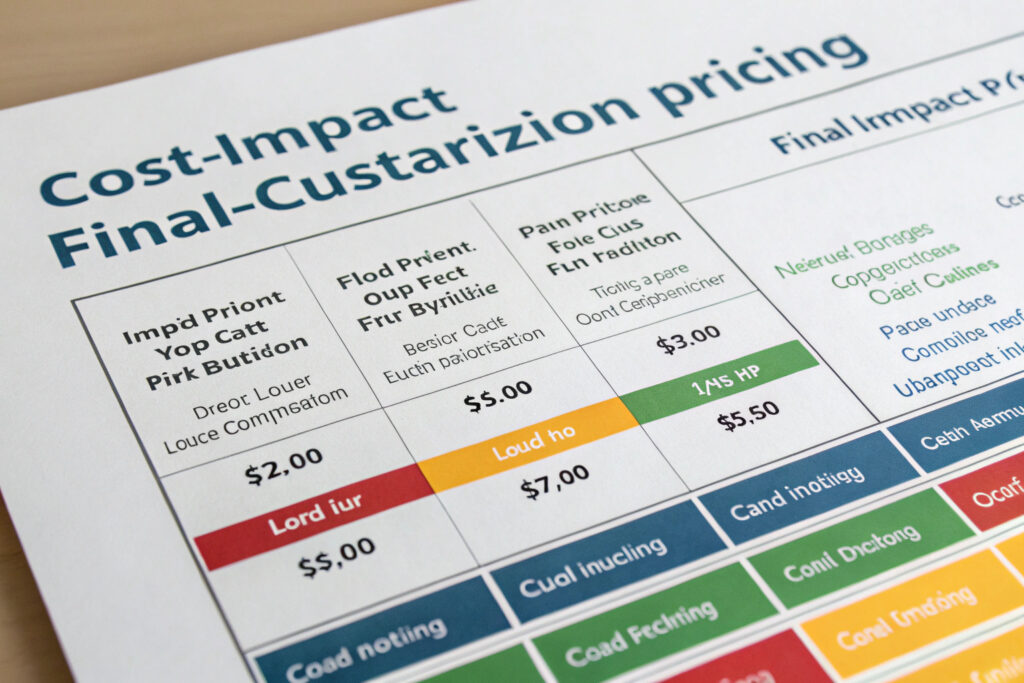
Which design elements offer the best value?
Focus customization budget on high-visibility elements that customers notice immediately. Printed designs using standard color palettes cost 30-50% less than custom-dyed fabrics while delivering similar visual impact. Similarly, standard size offerings with clever pattern engineering often fit as well as custom-sized options without the development costs. Our design team specializes in creating distinctive-looking masks using cost-effective standard components and production processes.
How can packaging optimization reduce costs?
Packaging often represents 8-15% of total product cost but receives minimal negotiation attention. Standardizing to efficient packaging sizes that maximize shipping density can reduce overall costs by 5-7% through better freight rates and reduced materials. Similarly, choosing packaging materials that are readily available rather than custom-developed can save 3-5% without compromising unboxing experience. We've helped clients reduce their total landed cost by 12% through packaging optimization alone.
What Negotiation Tactics Deliver Sustainable Results?
The approach you take during negotiations significantly impacts both immediate outcomes and long-term manufacturer relationships.
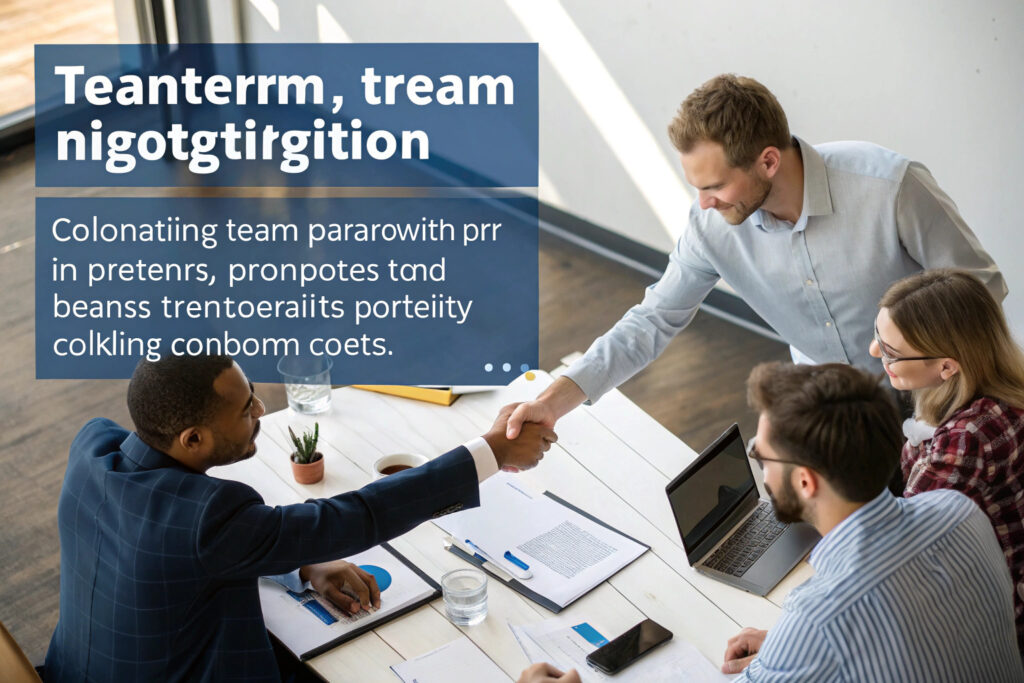
How does partnership approach differ from transactional bargaining?
Relationship-based negotiations focus on creating mutual value rather than simply extracting the lowest possible price. This includes discussing payment terms that improve manufacturer cash flow, providing accurate forecasting that helps them plan capacity, and being reasonable about change orders and special requests. Manufacturers typically reserve their best pricing for clients they view as partners rather than transactional buyers, often providing 5-10% better pricing to reliable partners.
What information strengthens your negotiating position?
Transparent sharing of your business objectives and constraints often yields better outcomes than keeping cards close to your chest. When manufacturers understand your target retail pricing, competitive landscape, and growth plans, they can often suggest production alternatives or value-engineering approaches that achieve your business objectives while working within their cost structures. This collaborative problem-solving typically yields 15-25% better outcomes than traditional positional bargaining.
How Can You Verify Competitive Pricing?
Understanding how to assess whether offered pricing is truly competitive prevents both overpaying and damaging relationships by pushing for unsustainable pricing.
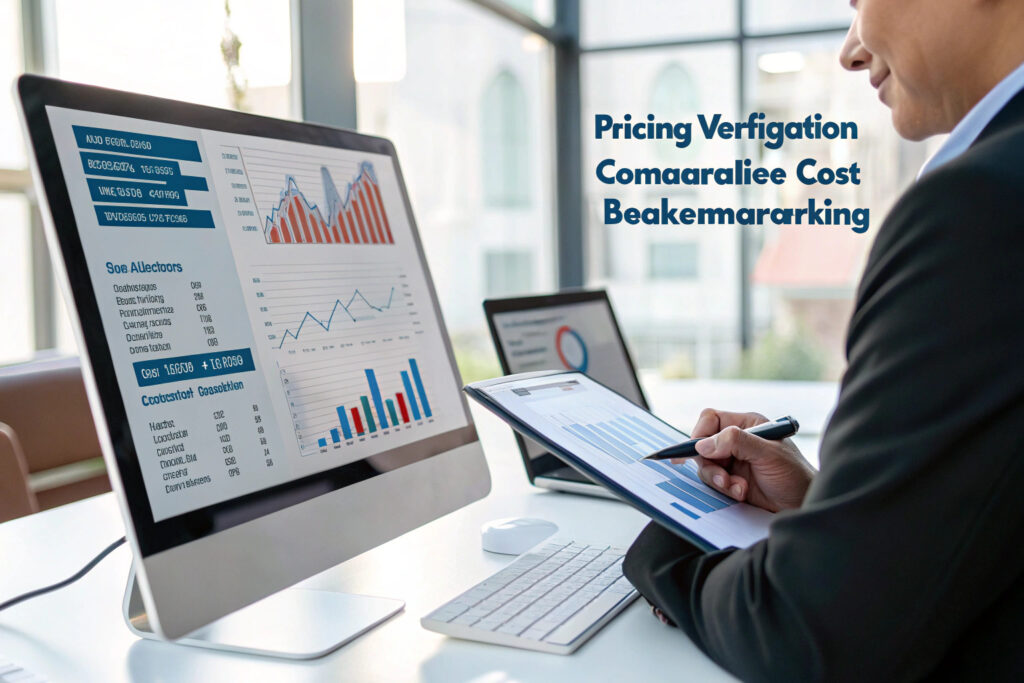
What benchmarking approaches are most effective?
The most effective pricing verification combines multiple assessment methods: comparing quotes from 2-3 qualified manufacturers (not just the lowest bidders), analyzing cost breakdowns to identify anomalies, and benchmarking against industry pricing databases for similar specifications. Our clients find that the most valuable comparisons come from manufacturers with similar capabilities and quality standards rather than simply chasing the lowest quoted price.
How do payment terms impact true cost?
Payment terms significantly affect your true cost beyond the quoted unit price. Negotiating extended payment terms from 30 to 60 or 90 days provides working capital benefits equivalent to a 2-4% price reduction. Similarly, structuring payments to align with production milestones rather than requiring large deposits improves cash flow. The most sophisticated negotiators consider the total financial impact of payment timing, not just the per-unit cost.
What Long-Term Strategies Maintain Competitive Advantage?
Sustainable competitive pricing comes from ongoing relationship management and continuous improvement rather than one-time negotiation victories.
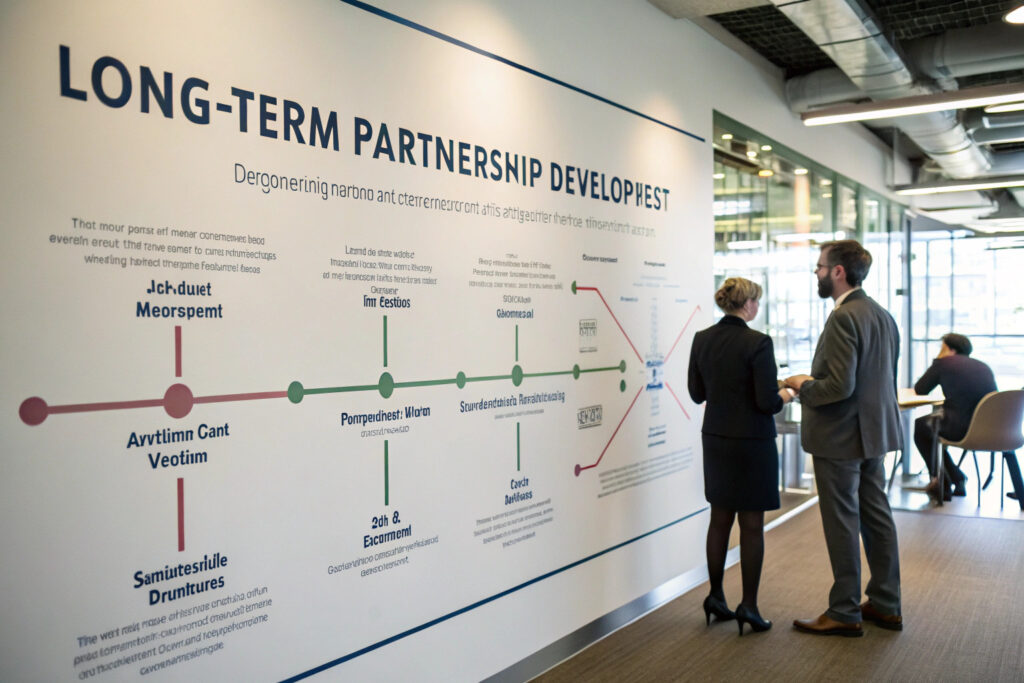
How can joint cost reduction initiatives help?
The most advanced buyer-supplier relationships engage in continuous cost improvement programs where both parties work together to identify and implement cost reductions without compromising quality. This might include value engineering of designs, process improvements identified through joint factory walks, or material substitutions that maintain performance while reducing cost. These programs typically yield 3-7% annual cost improvements through collaborative innovation.
What role does performance transparency play?
Establishing clear quality and performance metrics with regular reporting creates the trust needed for ongoing pricing discussions. When manufacturers consistently meet or exceed agreed standards, they're more willing to invest in efficiency improvements that benefit both parties. Similarly, transparent communication about issues prevents the relationship deterioration that often leads to pricing disputes. Our most successful client relationships include quarterly business reviews that discuss both performance and continuous improvement opportunities.
Conclusion
Negotiating competitive pricing for bulk pleated fabric masks requires a sophisticated approach that balances immediate cost objectives with long-term partnership value. The most successful strategies focus on total cost optimization rather than just unit price, leverage manufacturing economics through smart order planning, make strategic customization choices, and build relationships that create mutual value. By understanding cost drivers and aligning your needs with manufacturer capabilities, you can achieve sustainable competitive advantage while maintaining quality and reliability.
Ready to negotiate competitive pricing for your bulk pleated fabric mask orders? Contact our Business Director, Elaine, at elaine@fumaoclothing.com to discuss our transparent pricing approach and how we can help optimize your total costs while maintaining the quality your brand deserves. We'll show you how partnership-focused negotiation creates better outcomes for both parties.

